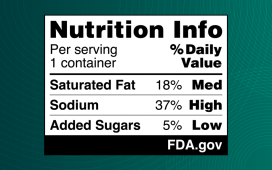However, in 2021, cancer incidence rates remained substantially depressed from expected rates in rural areas
By Lori Solomon HealthDay Reporter
TUESDAY, Oct. 22, 2024 (HealthDay News) — Overall, cancer detection in the United States recovered meaningfully in 2021 following substantial disruptions in 2020, according to a study published online Oct. 14 in JAMA Network Open.
Uriel Kim, M.D., Ph.D., from the Cedars-Sinai Medical Center in Los Angeles, and colleagues evaluated the disruption and potential recovery in cancer detection during the first (2020) and second (2021) years of the COVID-19 pandemic. The analysis included data on roughly 15.8 million patients with incident cancer (2000 through 2021) identified from the Surveillance, Epidemiology, and End Results Program.
The researchers found that the percentage difference between the expected and observed cancer incidence in 2020 was −8.6 percent, with no significant difference in 2021 (−0.2 percent). During 2020 to 2021, there was a cumulative deficit in observed versus expected cases of −127,931. Incidence rates remained substantially depressed from expected rates into 2021 for certain subgroups, including patients living in the most rural counties (−4.9 percent). The largest cumulative deficit in observed versus expected cases occurred for cancers in the lung and bronchus (−24,940 cases), prostate cancer (−14,104 cases), and melanoma (−10,274 cases).
“The findings suggest that cancer detection needs to recover further in future years to address patients whose cancer went undiagnosed because of the pandemic,” the authors write.
Copyright © 2024 HealthDay. All rights reserved.








